New highlight project
Before July 1, 2025 (before the merger of Bac Giang and Bac Ninh provinces), Bac Giang city was planned and oriented to develop urban space with the role of the political, economic, cultural and social center of Bac Giang province, the connecting point of urban areas in the urban system of the province and neighboring areas. The goal is to build Bac Giang city into a type I urban area by 2030, with a planning area of about 25.83 thousand hectares. Developing Bac Giang urban area to become a central urban area, an important gateway to the Northeast of the Hanoi capital region - a transit point for goods of the capital region with Huu Nghi international border gate (Lang Son), and at the same time an important business and trade hub of the Northeastern provinces.
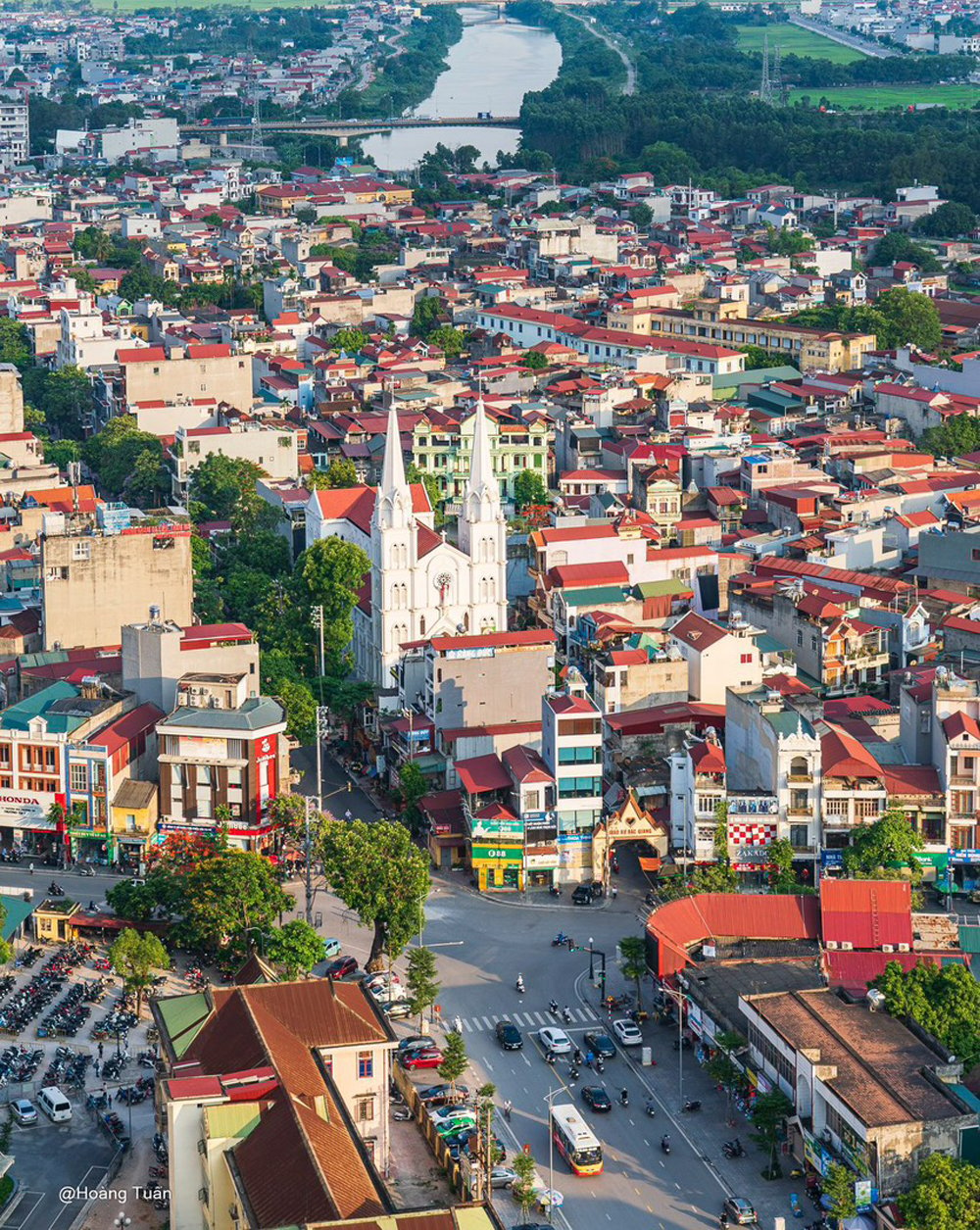 |
Urban center of Bac Giang ward. Photo: Hoang Tuan. |
From that goal, Bac Giang city has invested in building many large projects such as: A pedestrian street of more than 2 km in the southern urban area, belonging to the HP Intermix Bac Giang project; Inter-agency building (21 floors); Provincial sports stadium of 2.8 hectares, capacity of 4,000 seats; Bac Giang Provincial Cultural - Exhibition Center of 4.7 hectares (designed in the image of a phoenix taking off and flying); The sports stadium is designed in the shape of a turtle, in front of which is a river symbolizing the dragon, meaning the sacred and noble "four sacred spirits"...
From July 1, Bac Giang ward was established on the basis of merging the wards: Tho Xuong, Ngo Quyen, Xuong Giang, Hoang Van Thu, Tran Phu, Dinh Ke and Dinh Tri. Tan Tien ward was formed from the merger of the wards: Huong Gian, Tan Tien and Xuan Phu commune. These wards are all in the "core" area of Bac Giang city (old). Bac Giang and Tan Tien wards are currently the political , economic, cultural and social centers of Bac Ninh province (new) "inheriting" all the above-mentioned works. However, according to experts, although they are beautifully designed and built, those works are only urban highlights. Because when Bac Ninh province (new) was born, the works that symbolize the urban space of Bac Ninh must have many cultural elements of both lands.
| "A symbolic urban project needs to meet criteria such as: uniqueness, aesthetics, connection to space, history, culture, functionality and the ability to connect with the community. In addition, the project needs to reflect the local cultural identity" - Mr. Nguyen Viet Dung, Chairman of the Association of Architects of Bac Giang province (formerly). |
According to the Chairman of the Association of Architects of Bac Giang Province (formerly) Nguyen Viet Dung: “A symbolic project for the city needs to meet the following criteria: uniqueness, aesthetics, connection with space, history, culture, functionality and the ability to connect with the community. In addition, the project needs to reflect the local cultural identity”. Mr. Dung also believes that this symbolic project should be located in the central area of the province.
In fact, many provinces and cities in the world have researched and built many iconic structures, such as the Shanghai Tower (China), Petronas Twin Towers (Malaysia), Bitexco Financial Tower (Ho Chi Minh City), Dragon Bridge (Da Nang City)... creating impressions and becoming tourist destinations, bringing pride and revenue to the locality.
Symbols of connecting bridges
After merging the provinces and implementing the operation of the two-level local government apparatus, the administrative center of the province was still chosen to be located in the wards of Bac Giang city (old), but the area, population and administrative boundaries of the city were divided. Therefore, the planning and construction of the central urban area, especially the symbolic works of the province, need to be carefully studied. Mr. Le Quang Minh, Deputy Director of the Department of Construction, said that previously, the planning of Bac Giang province (old) was only for land use orientation, not paying much attention to above-ground space, underground works and symbolic works. Therefore, the new Bac Ninh province needs to have a master and detailed plan, including adjusting and integrating the plans of Bac Giang and Bac Ninh provinces (old), creating a new urban development space, associated with the socio-economic development of the locality and the surrounding areas.
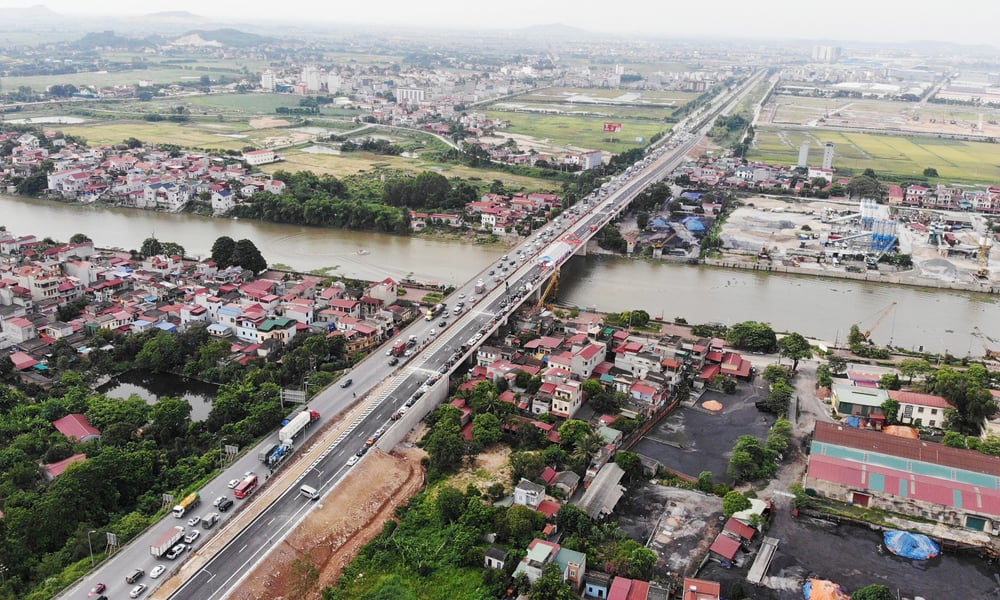 |
Nhu Nguyet Bridge crosses Cau River. |
Mr. Nguyen Ngoc Chanh, Head of the Planning and Architecture Department (Department of Construction) said: The symbolic works of a city or urban area can be a flower garden, a bridge, a building or an architectural cluster... The important thing is that these works must be in harmony with the entire urban space system. According to Mr. Chanh, after the merger of Bac Giang and Bac Ninh, the symbol of the new Bac Ninh province will be the bridges connecting the two banks of the Cau River, symbolizing the connection and re-establishment of the province. The province is implementing a competition for the design of Ha Bac 1 bridge and continuing to build other bridges such as: Kim Chan bridge (connecting Vu Ninh ward with Nenh ward); Yen Dung bridge expansion (connecting Que Vo ward with Yen Dung ward).
Along with the bridges, the Department of Construction is realizing the idea of “Miracle of Cau River”. That is, it will plan to build the economic corridor of Cau River with a chain of urban areas on both sides of the river, expected to stretch from Van Ha ward to Dong Viet commune (North bank of Cau River) and from Tam Da commune to Phu Lang commune (South bank of Cau River). Not only the bridges, the new urban chain along Cau River will be a symbol connecting the economic and cultural space of the Red River Delta and the Northern Midlands and Mountains.
Bac Ninh province currently has an area of over 4.7 thousand km2 , is in the group of 5 provinces and cities with the largest economic scale and population, and urban areas in the country and is aiming to become a smart city, a centrally-run city by 2030. Bac Ninh is focusing on implementing many key projects such as: Gia Binh International Airport, highways, new industrial parks... According to the plan, by the end of 2026, Gia Binh International Airport will be put into use, the highway connecting Hanoi Capital - Gia Binh Airport and the completed Kenh Vang Bridge will complement and form high-tech industrial parks, large logistics zones, and duty-free free trade centers. This will also be a symbol of the strong rise of Bac Ninh province and the Northern region.
The Department of Construction is researching and consulting with the Provincial People's Committee to include in the planning and construction of a multi-center urban cluster. Taking Gia Binh International Airport as the focus to form airport satellite cities. From there, forming connecting routes from Gia Binh Airport to the administrative centers of Bac Giang and Bac Ninh provinces (old); connecting to localities in Son Dong and Luc Ngan districts (old); connecting to Hai Phong city, Hung Yen, Hanoi capital, Thai Nguyen, etc. With the highest political determination, it is expected that the above ideas will soon be implemented after the Department of Construction submits the new provincial planning scheme to the Provincial People's Committee at the end of 2026, according to the set plan.
Source: https://baobacninhtv.vn/di-tim-cong-trinh-bieu-tuong-cho-do-thi-bac-ninh-postid423189.bbg







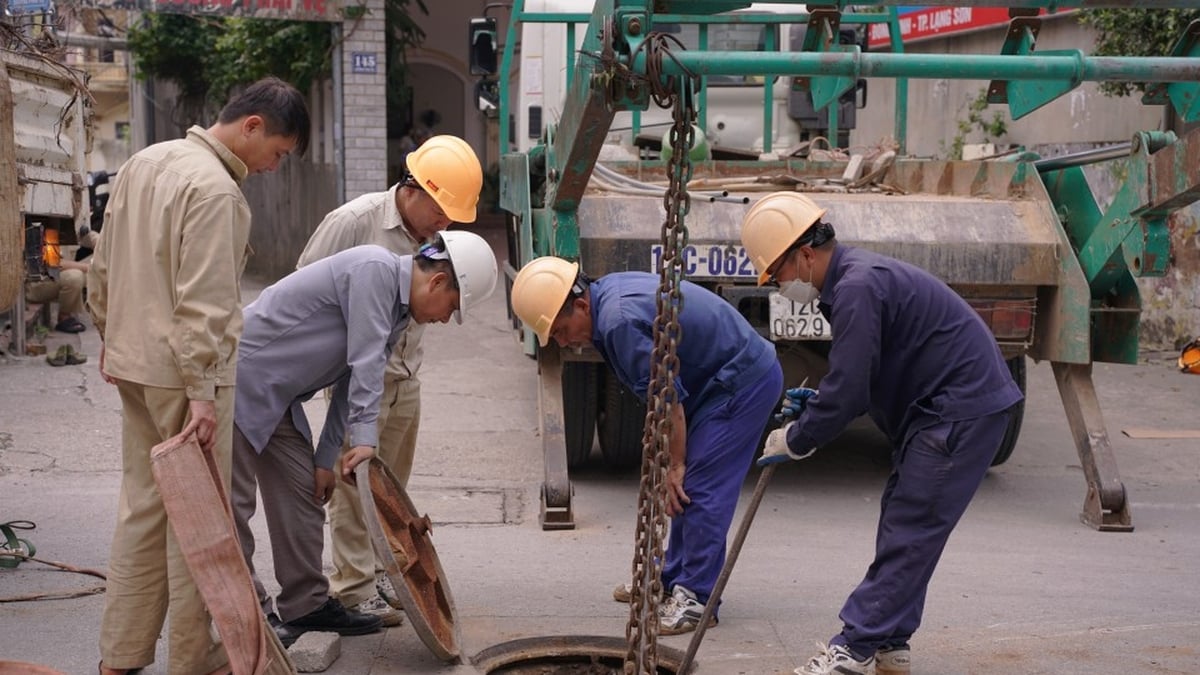
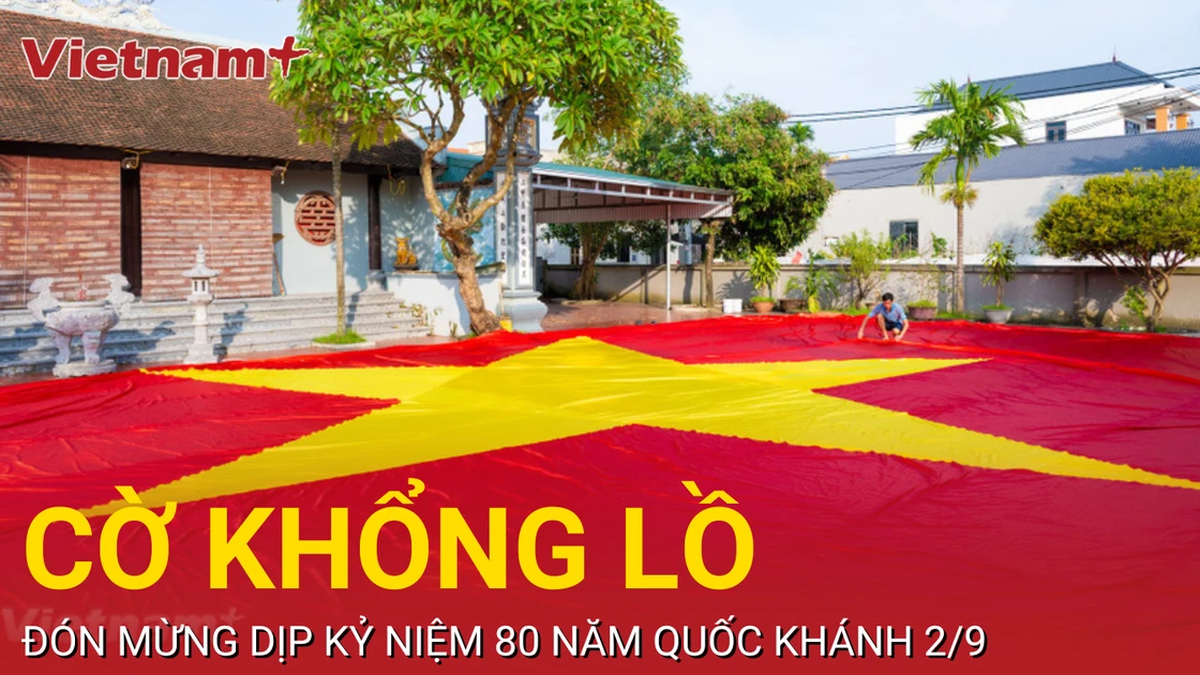


































































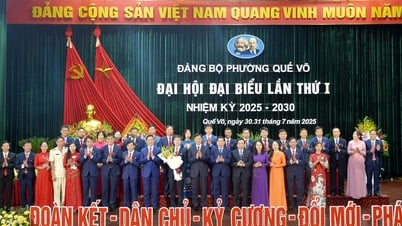

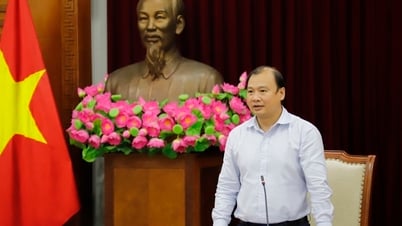























Comment (0)